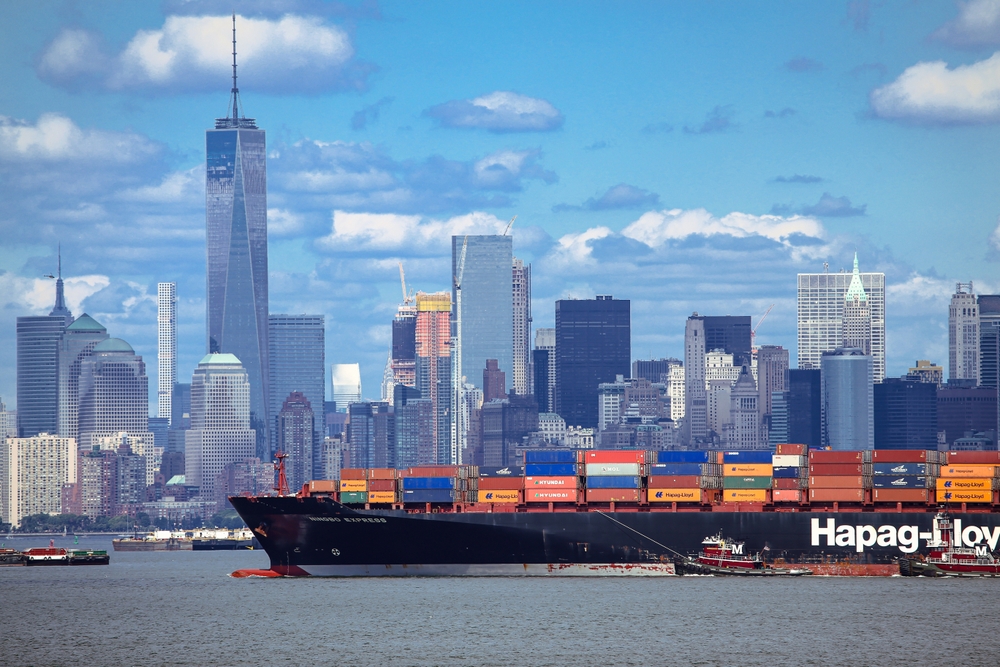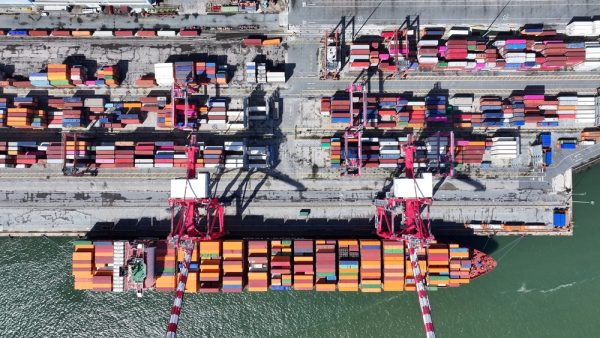
In 2025, for the first time since the pandemic, cargo flows are under renewed pressure. Some ports face congestion driven by infrastructure constraints, labor dynamics, and regional rerouting. For example, retaliatory port fees in China are pushing vessel diversions to secondary hubs, adding stress to throughput capacity.
Against this backdrop, demurrage and detention become active cost exposures. But these fees aren’t uncontrollable forces. With the right structure, visibility, and playbook, logistics teams can minimize their impact over the long term.
Understanding demurrage and detention fees
To manage what you can, first be clear on definitions:
- Demurrage is the charge applied when a container remains inside a port or terminal beyond its free time (i.e., after unloading but not yet extracted).
- Detention applies when a container is outside the terminal (in your possession via drayage, yard, or warehouse operations) and isn’t returned within the agreed free time.
In congested environments, both risks increase. Delays entering or exiting terminals eat into free days, and downstream delays stretch out detention windows. Over many shipments, even a few dollars per container per day can add up to a material amount.
Consider these costs in practice. From April 2020 to March 2025, nine major ocean transportation providers collectively billed roughly $15.4 billion in demurrage and detention fees. While the quarterly totals fluctuate, the scale underscores that D&D is a structural cost center in international logistics.

6 strategies to reduce exposure to D&D fees
There are always larger forces at work in the world of global logistics. But demurrage and detention fees are controllable with proactive strategies. These tactics work in good times and in times of port congestion. Use them consistently, not just reactively:
- Negotiate thoughtfully, up front. Don’t accept baseline terms by default. Ask for contract terms that include extended free time, flexibility during peak periods, or explicit waiver triggers in congestion windows. Build these into your agreements so you’re not negotiating under pressure.
- Monitor and automate visibility. Track critical milestones (e.g., vessel arrival, unloading begin/end, gate in/out) and map them to your free time countdown. Use dashboards and alerting so your logistics, warehouse, and drayage teams receive real-time flags before days expire.
- Align all parties in advance. Ensure transportation providers, terminals, drayage providers, warehouse operators, and distribution teams share ETA, status updates, and contingency plans. The more synchronized the chain, the less buffer is “wasted” waiting for slow handoffs.
- Diversify port or terminal options. Don’t be locked into one port or berth. When port congestion signs rise, divert to underutilized ports or inland gateways, even if transport costs are slightly higher. The net savings from avoided demurrage can outweigh incremental transport costs.
- Use trusted 3PLs or partners with scale. Third-party logistics providers often have contracts, relationships, and local leverage that are difficult for individual shippers to replicate. They can absorb risk, negotiate better conditions, and coordinate contingencies on your behalf.
- Centralize audit and dispute capabilities. Maintain a timestamped log of events. When invoices look suspect, your team should be ready to push back with evidence. Automated systems reduce manual error and flag overcharges before you pay.
Why it pays to stay proactive
Over time, companies employing these strategies can push down demurrage and detention costs significantly relative to peers who operate more reactively. Think of them as a margin insurance policy. You’re not just avoiding occasional fees. You’re creating resilience. The avoided cost on a single container can offset the investment in better visibility, planning tools, or negotiation support. When ports face higher strain, as many are in 2025, the difference is magnified.